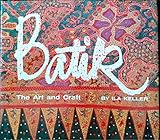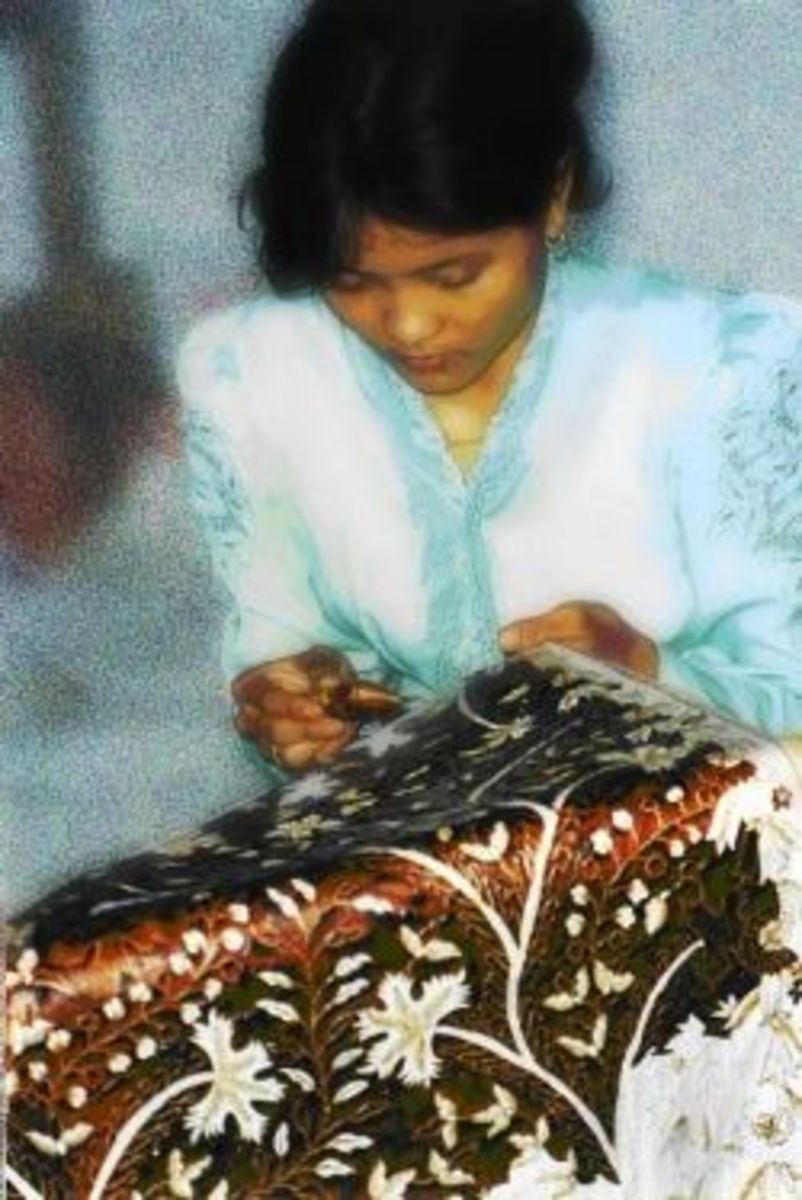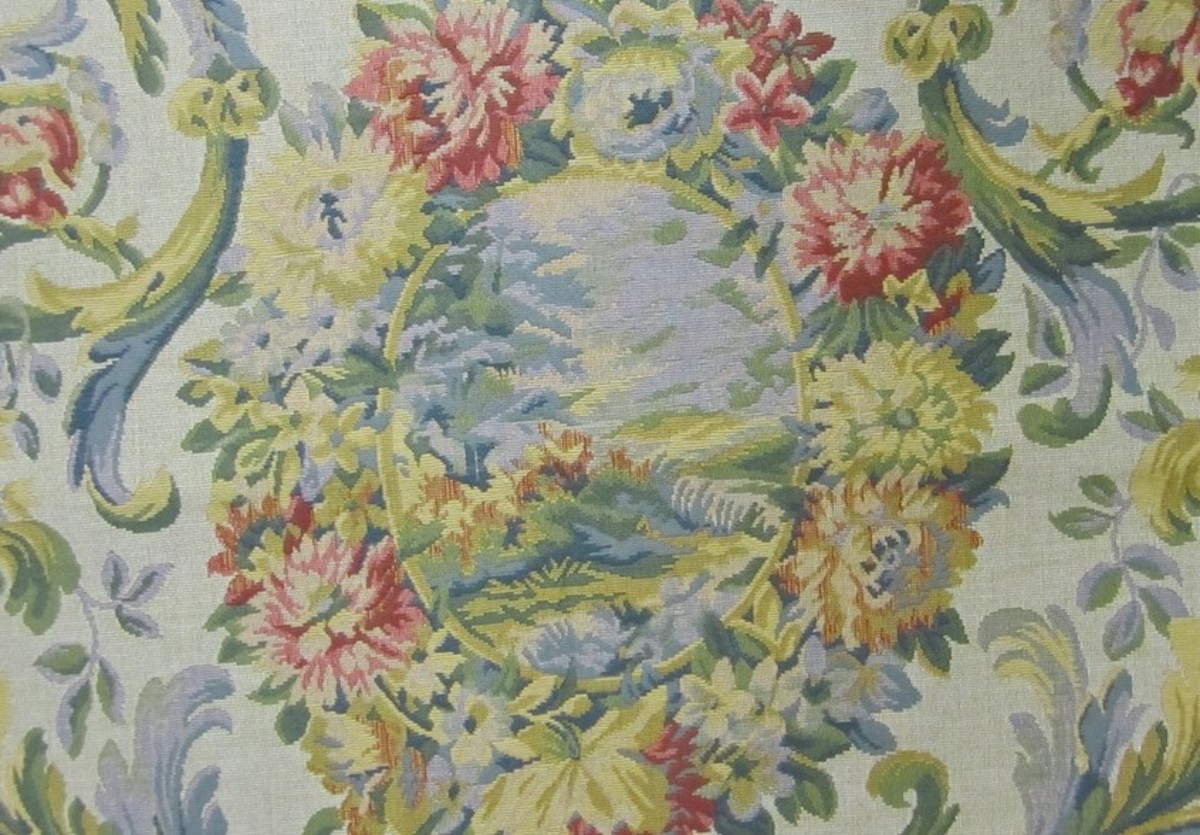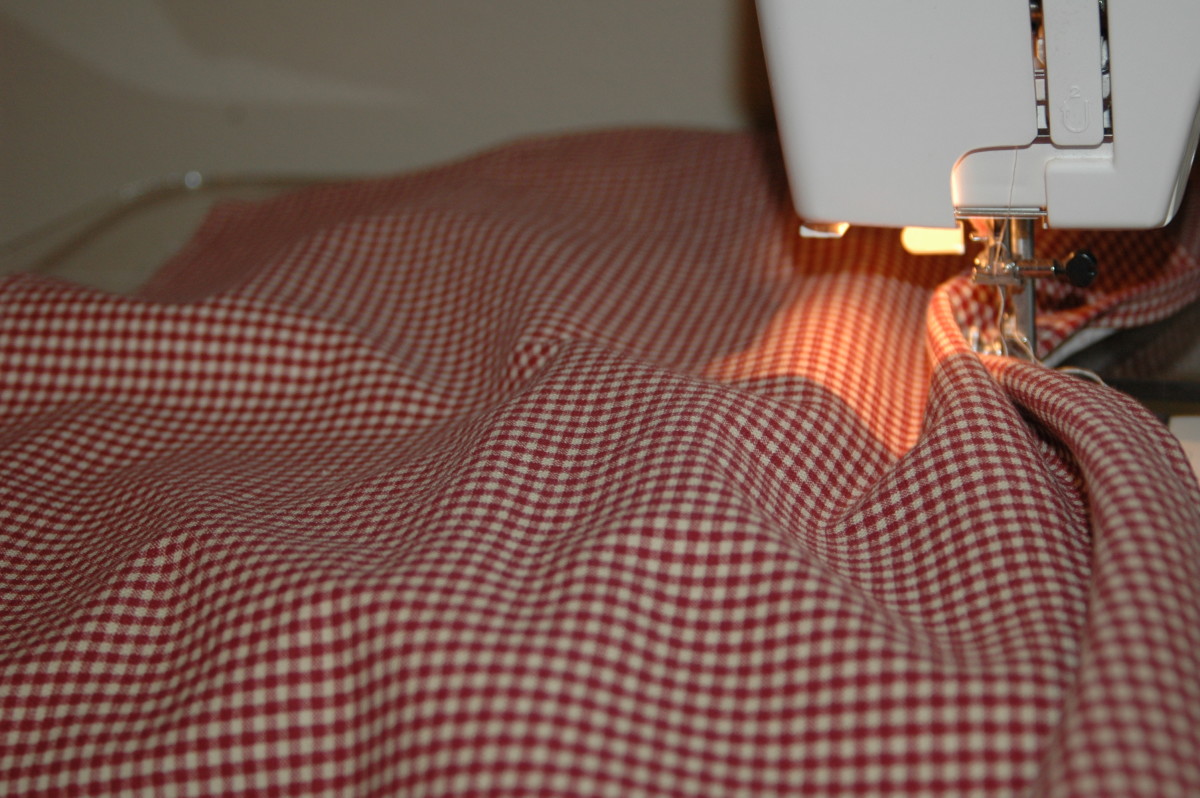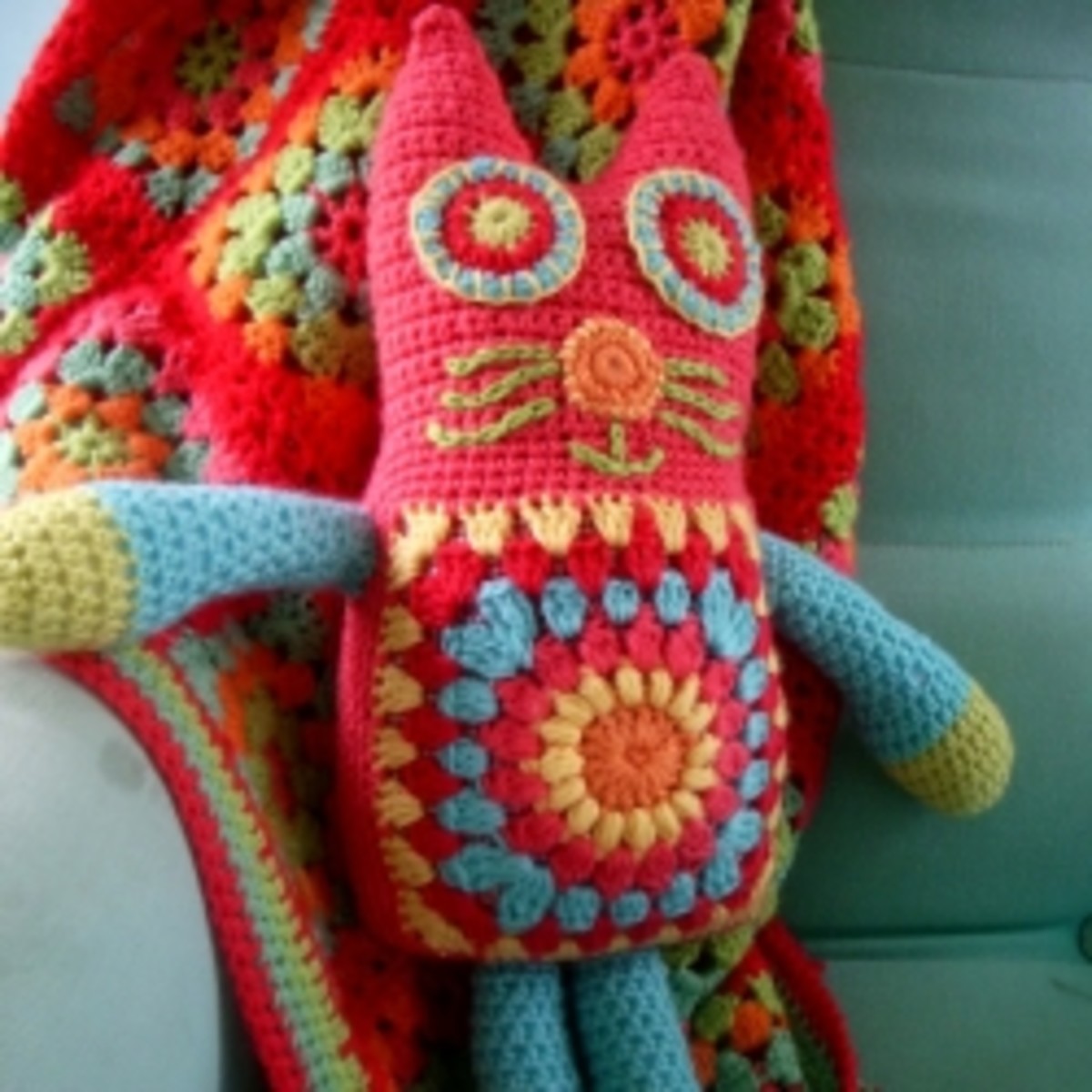- HubPages»
- Arts and Design»
- Crafts & Handiwork»
- Textiles
BATIKS ~~ Ancient Wax Resist and Dye Process
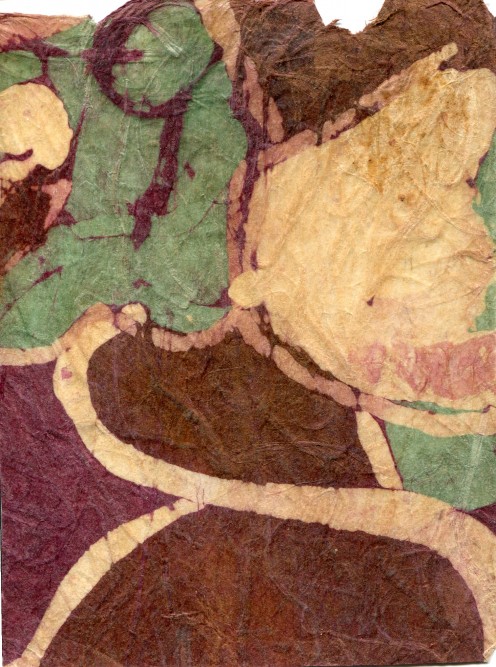
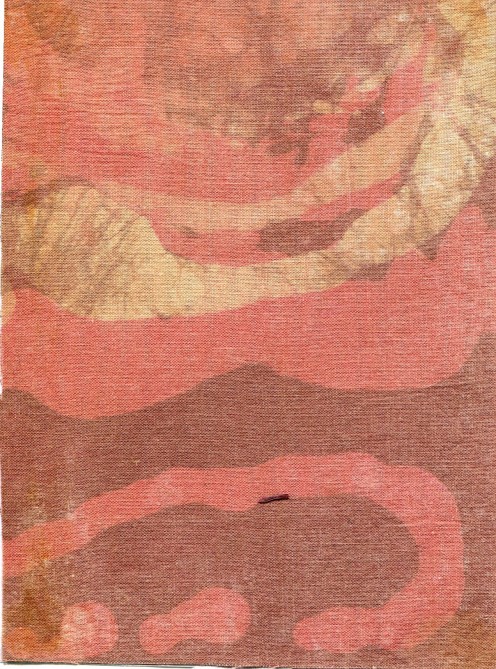
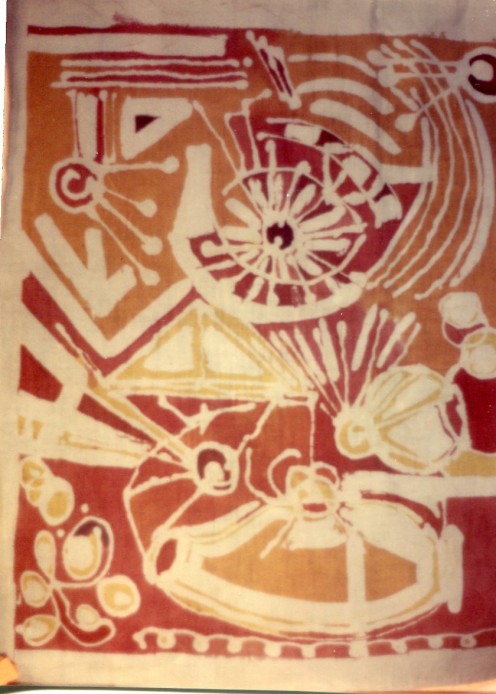
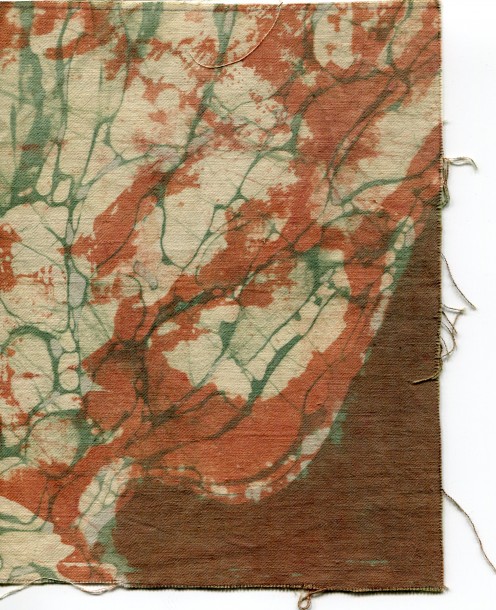
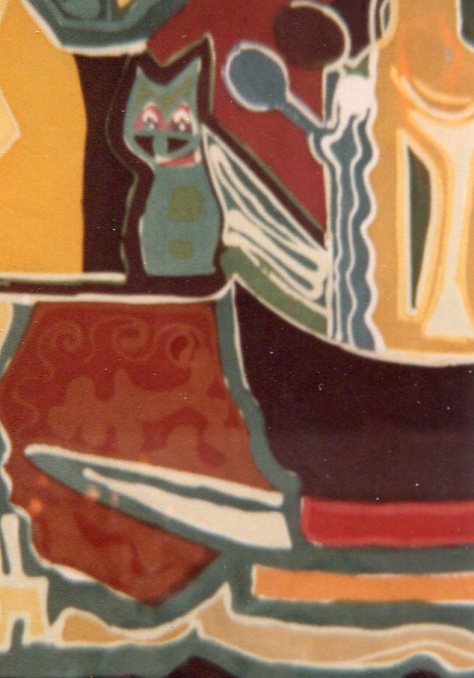
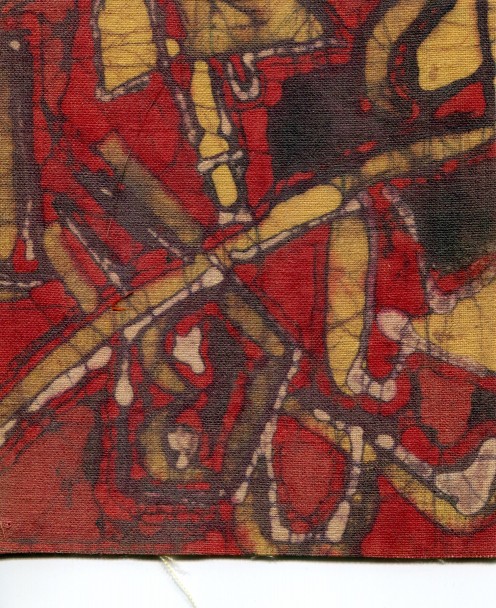
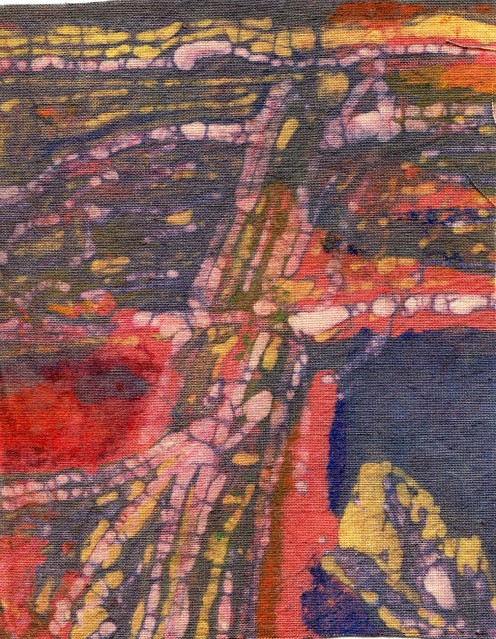
Wanda Ast : Polish-American Artist Who Created Abstract Batiks
The batiks displayed on the right were created by my paternal grandmother Wanda Ast. She completed these works in her sixties and seventies in an art studio in her home. She immersed the fabrics, one color at a time in a bathtub full of dye.
Although the traditional method seems to be to wash the parafin-wax out of the cloth after it has dried after the dye process, she chose to melt the parafin-wax mixture out of her fabrics by pressing them between multiple layers of absorbent paper.
She also experimented with many different types of fabric - linen, cotton, burlap. She used some fabrics that were smooth and some fabrics which had a great deal of texture.
She made quite large batiks, meant to be hung on the wall; they usually measured anywhere from three feet by three to five feet by five. (She genrously shared her batiks with her family and I also inherited many of them when she died.)
In her eighties, no longer able to spend hours on her knees bent over a bath tub full of dye, she began to make small batiks suitable either for framing or for making personalized cards.
Once again she experimented with a variety of styles, colors, and textures of paper to serve as the backdrop for her batik cards. And she seldom used repetitive patterns or motifs in her work, preferring develop her abstracts by apply the parafin-wax mixture free hand with a paint brush.
General Information About Batiks
The word batik usually refers to cloth that was produced using manual techniques of wax and dye application. Batik or fabrics with the traditional batik patterns have historically been produced and worn by the local populations in Indonesia, Japan, Malaysia, India, China, Sri Lanka, and in certain regions of Africa.
In the western hemisphere batik print-making is often used to produce works of art of great beauty and complexity. However, much of the batik fabric sold in the west and used in clothing is now mechanically mass-produced.
These designs involve a great deal of repetition and although beautiful, they do not meet the definition of art. Batik is a method of dying cloth by applying warm beeswax, mixed with paraffin, resins and fat, to fabric to repel dye.
When the cloth is put into a pail or tub of dye, the waxed parts aren't dyed and are left colorless or natural. The wax is then removed by gently washing the fabric in warm water.
The cloth is then re-waxed in different areas building a pattern or image and dipped into a different dye, to produce additional areas and layers of color.
The process continues until the artist has achieved the colors and complexity of design desired. Dye may seep into tiny cracks in a waxed portion of batik creating tiny spidery looking designs which are quite ethereal and beautiful.
~~~~~~~~~~~~~~~~~~~~~~~~~
The finest, and still the most sought after, batik is hand-drawn batik, using a canting to apply the wax. A canting is a pen with a bamboo handle. It is a Javanese invention, probably in the 17th or 18th centuries.
The melted wax is poured into the pot at the end and carefully released out of the nozzle bit by bit on to the white cotton. It is very slow and requires a calm state of mind and a lot of concentration. A complicated pattern could easily take six months or even longer.
Europeans loved batik cloth and wanted to purchase large amounts of quickly. Partially to meet this demand the cap was invented. The cap, made of red copper, is still used today, and they are often collected as works of art in their own right.
The pattern is formed from thin metal bands, secured to a frame, to which a handle is attached. The structure was inspired by European wood-block printing stamps.
The original caps were small and were first used around 1845. They are bigger now and tend to be about 20 cm by 20 cm. The cap process was revolutionary and enabled a batik maker to wax many pieces of cloth a day. (Source: Ni Wayan Murni, The Times, Lombok, September - October 2007)
Books on Batik Printmaking
Art, Painting, Batiks, Sculture
- A Painting Style All Her Own - Wanda Maria Ast
Wanda Maria Ast emigrated from Poland in 1951 and settled in Georgia. There she raised her four children. As soon as she felt she had a good command of the English language she began writing poetry. In her sixties and seventies she began painting in - Paintings by a Polish-American Artist
A selection of oil paintings completed in the 1960s and 1970s by a Polish-American artist who survived the Nazi, and then the Soviet, invasions of Poland during World War II, and who subsequently immigrated to America with her husband and four child - Abstract Watercolor Paintings by Wanda Ast
This is a selection of abstract watercolors, all done by Wanda Ast in her fifties and sixties. Mrs. Ast experimented with a variety of watercolors and painting mediums as well as a variety of painting surfaces - canvas - paper - cloth - in an effort - Original Batiks - Wax Resist & Dye Process
A collection of abstract wax-resist Batiks created in the 1980s and 1990s by Wanda Ast, an American citizen of Polish descent, who immigrated to the United States after World War II.

